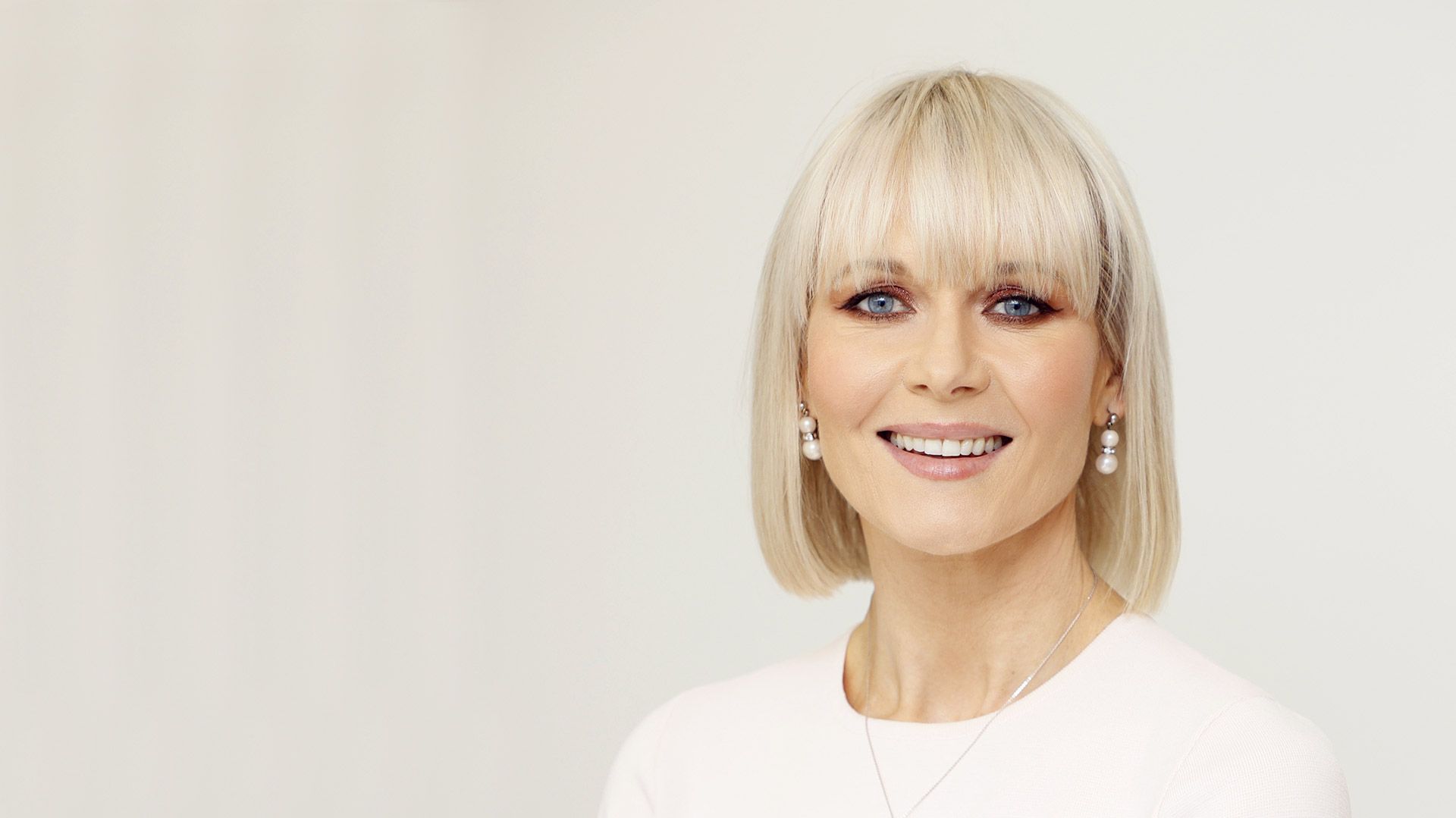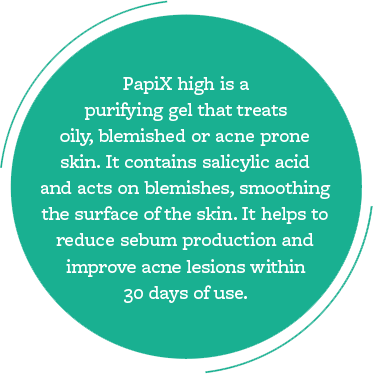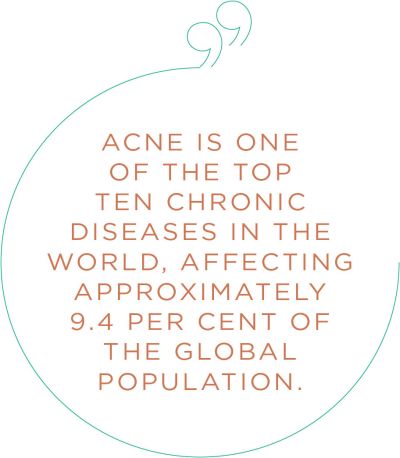On the spot

Acne is a very common inflammatory skin condition which affects primarily the face but also the chest, back, upper arms, and legs. Acne is one of the top ten chronic diseases in the world, affecting approximately 9.4 per cent of the global population. The causes are multifactorial including a genetic predisposition to acne.
At puberty, hormone levels increase, resulting in increased sebum (oil) production from the sebaceous gland which sits at the base of the hair follicle. This leads to stickiness of the skin cells within the hair follicles, causing the formation of a comedone. A comedone is the primary lesion of acne and is more commonly known as a blackhead. Bacteria such as Cutibacterium acnes, which lives on everyone’s skin, may get into a blocked pore/blackhead, resulting in the formation of a papule – a red spot; or a pustule – a white spot also known as a whitehead. Some individuals form deeper lesions called cysts or nodules which may be painful or tender to the touch.
All inflammatory lesions may lead to scarring which can be both physically and emotionally debilitating. Over 85 per cent of teenagers report acne of varying severity but it is also very common in adults, especially women, affecting approximately 20-40 per cent of adult females. It may occur during pregnancy, can be linked to the use of hormonal contraceptives, and is also seen in association with polycystic ovarian syndrome (PCOS).
Treatment for acne can depend on the severity of the condition and whether the type of acne is scarring or non-scarring. For non-scarring mild acne, it is best to begin with a basic skincare routine.

- Every night, double cleanse the skin with micellar water to remove make-up, oil and suncreen.
- Follow with a second cleanse: ideally a cream cleanser works well for those with sensitive skin.
- An over-the-counter product that contains alpha hydroxy acids (AHAs) such as glycolic or lactic acid, or beta hydroxy acids (BHAs) such as salicylic acid may be also added to reduce oil production, unblock pores, reduce pigmentation and improve fine lines and wrinkles.
- Topical prescription therapies, including antibiotics, retinoids and combination therapies, may be added for those who fail to respond to over-the-counter products only.
- For moderate inflammatory acne, oral antibiotics including tetracyclines may be helpful, and for women, speak to your GP about hormonal therapies such as the combined oral contraceptive pill (containing ethinyl oestradiol).
- Oral therapies such as spironolactone (suitable for women only) work by blocking hormones called androgens, and oral retinoid (isotretinoin) can be used to manage acne that hasn’t responded to other therapies, or acne that is causing scarring of the skin. Spironolactone is not licensed for the treatment of acne but is used off license by dermatologists.

In the last year, ‘maskne’ has become a more frequent occurrence, especially for those who wear masks for prolonged periods of time such as frontline healthcare workers. ‘Maskne’ is a form of Acne Mechanica that occurs due to the friction of the tight-fitting mask against the skin surface which stimulates the sebaceous glands to produce more oil. This, combined with the increased humidity underneath the mask, leads to the perfect micro-environment for bacteria to grow, resulting in the formation of comedones and inflammatory lesions on the lower part of the face: the chin, jawline, lower cheeks, and neck. Treatment includes adapting the skincare routine by performing a nightly double cleanse, adding AHAs and/or BHAs and looking to oil-free skincare products. Use a clean mask every day and try to have make-up free days where possible.

Professor Ralph’s tips for healthy skin
- A basic daily skincare routine should include a nightly double cleanse. Always remove your make-up at the end of the day. Slowly introduce active ingredients such as topical retinoids, vitamin C (antioxidant), and the use of AHAs and BHAs into your regime.
- Remember, too much too soon can cause skin irritation such as redness, itchy or sensitive skin, so only use a pea-sized amount every two to three nights until your skin adapts.
- When using retinoids, whether it is to treat acne or the signs of ageing like fine lines and wrinkles, always use a daily sun protection factor (physical/mineral).
- If you have acne prone skin, look for oil-free skincare: sunscreen, moisturisers and make-up.
- Wash your make-up brushes regularly to avoid build-up of oil, debris and bacteria on the bristles which can lead to acne breakouts. A healthy diet with plenty of lean protein, fruit and vegetables will promote skin healing.
- 80-90 per cent of wrinkles are caused by UV exposure so avoid the sun to slow ageing and prevent skin cancer formation.